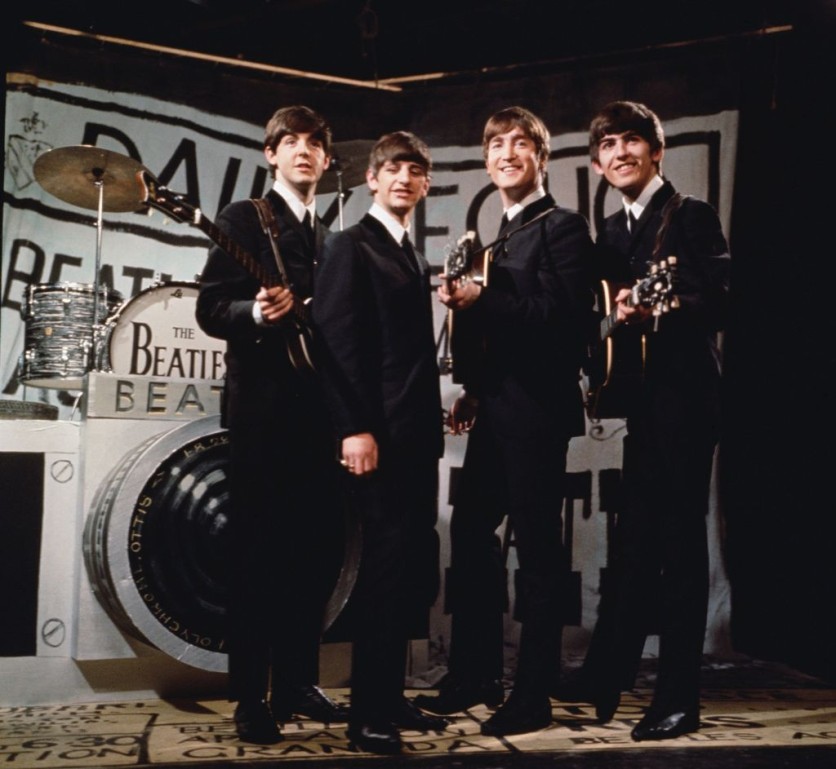The world recently witnessed a historical musical event with the debut of the Beatles' last single, "Now and Then." This initial and sole original recording by the Beatles in the 21st century spans four minutes and eight seconds, rendering it an almost magical addition to the band's legendary discography.
"Now and Then," a heartfelt tribute to their past, is released as a double A-side record with the Beatles 1962 hit song, "Love Me Do," which is regarded as a turning point for the band. The last Beatles single comes two decades after George Harrison passed away, and more than 40 years have gone since the horrific death of John Lennon, per AP News.
The love song swings open with John Lennon's distinct singing. His opening couplet is a heartfelt uttering, stating, "I know it's true / It's all because of you / And if I make it through / It's all because of you." A rush of nostalgia sweeps over as this tune sends listeners back in time to Lennon's solo endeavors from way back in the 1970s.

The Beatles Approve AI
"Now and Then" saw its inception when John Lennon recorded an early version. Following his murder in December 1980, this material along with other recordings was bequeathed to his former band members by Yoko Ono, which triggered subsequent Beatles in the 1990s, such as "Free as a Bird" and "Real Love." However, due to technical challenges at that time, production for "Now and Then" had to be halted.
Fast forward to 2022: Paul McCartney and Ringo Starr of The Beatles finally finished "Now and Then". This was possible through technological advancements, including artificial intelligence, that isolated John Lennon's voice from an old cassette tape. According to a BBC report, Paul McCartney described the process as both thrilling and unsettling, which The Beatles would have been mighty intrigued by.
The co-producer of "Now and Then," Giles Martin, explained that the technique used allowed for the extraction of John Lennon's voice from the original recording, even with background noise. The ability of this technology to identify and isolate certain voices from a recording was essential to finishing the track. He noted that it is identical to the demixing process applied by the group of Peter Jackson to produce The Beatles: Get Back.
Staying Faithful Amid The Tech Advancements
While purists and ethicists have expressed concerns about the use of AI in music creation, Giles Martin stressed that the modifications made to "Now and Then" were intended to remain faithful to the core qualities of The Beatles. George Harrison's 1995 guitar parts and a fresh string arrangement were added to improve the song. In a genuine team effort to bring the song to life, Ringo Starr even rerecorded the drums.
George Harrison contributed rhythm guitar parts to the poignant tune, which was finished in the studio last year. Harrison recorded these parts in 1995. Lennon and McCartney's melodic duet in the song's chorus, especially the phrase "Now and then I miss you," stirred strong emotions in listeners and made an everlasting mark on music lovers.
"That was the magic of it. It comes from the heart, from the right place, and from Paul's desire to collaborate with John, even though he can't. And even the song itself is almost John's love letter to Paul in a way: 'Now and then, I miss you.' That's how it felt. It felt incredibly special doing it," Martin remarked, as quoted in an NPR report.
Listen to the listen Beatle single "Now And Then" here:
An accompanying short documentary, "The Beatles-Now and Then-The Last Beatles Song," provided insight into the making of the song and the difficulties they had with the original cassette recording of John Lennon. The film is available on YouTube.
Related Article : Video Game Industry Faces Alarming Drop in Private Equity Investments, Report Reveals

ⓒ 2025 TECHTIMES.com All rights reserved. Do not reproduce without permission.




